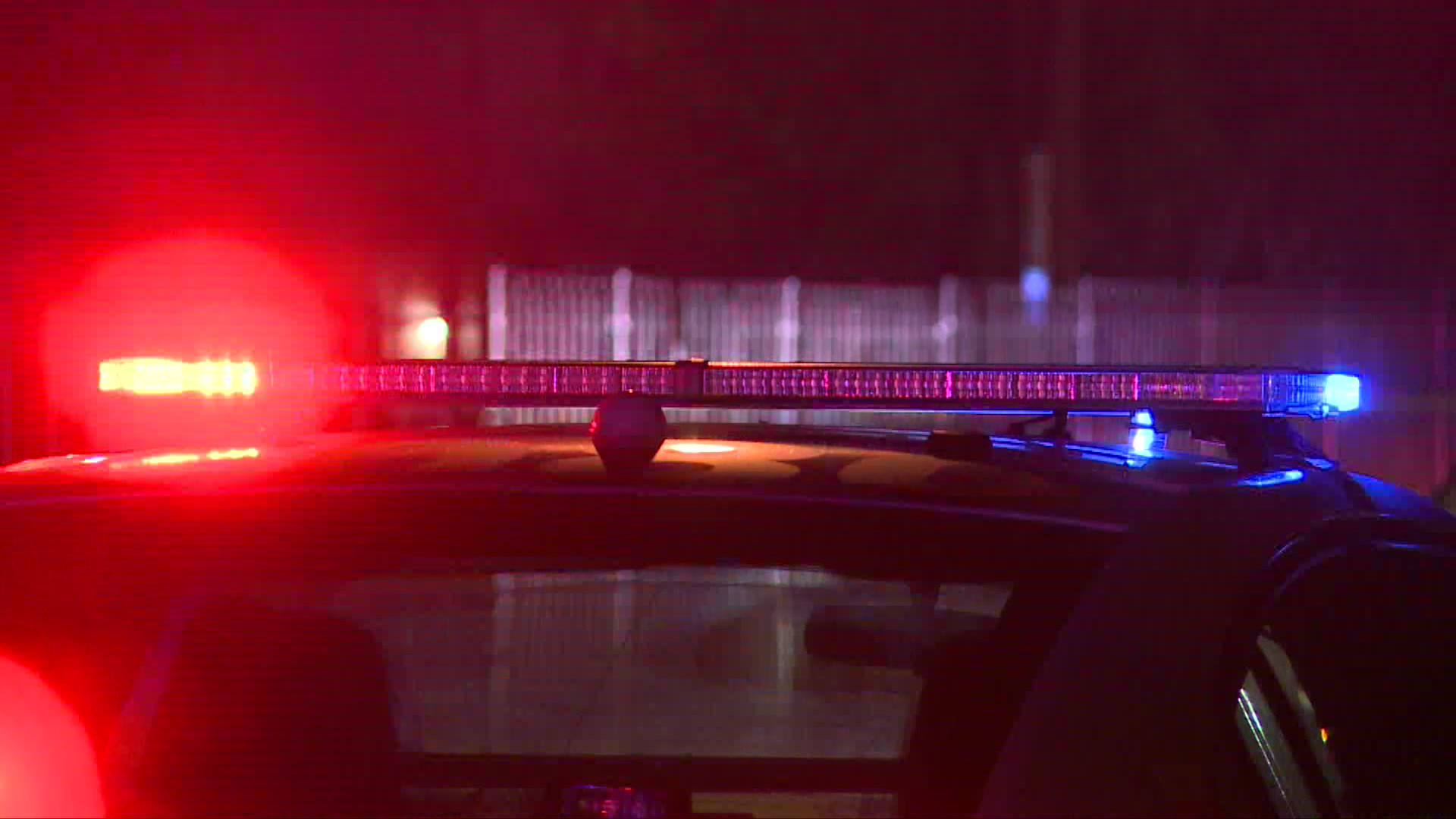Planners of the proposed Harold Simmons Trinity River Park say a major announcement is coming soon about the long-delayed project.
Voters approved a giant park between the downtown Trinity River levees 24 years ago but the project was never completed.
The site is 200 acres of Trinity River floodway beneath and between the Margaret McDermott and Margaret Hunt Hill Bridges.
Runners using trails Thursday that were built through the site said the bigger improvements would be great.
Get top local stories in DFW delivered to you every morning. Sign up for NBC DFW's News Headlines newsletter.
“I think if they were to go through with the plans they made here, it would bring a lot more people,” trail user Zachary Aleman said.
Lush park renderings were shown as Harold Simmons’ family joined then-Mayor Mike Rawlings at Trinity Groves on Oct. 31, 2016, for the first installment of a $50 million donation to name the park.
“'I think we’re going to need a year's designing standpoint and I think there will be dirt turning after that,” Rawlings said that day.
Local
The latest news from around North Texas.
His estimate turned out to be too optimistic.
Also present that day was former Mayor Ron Kirk who was in office when voters first approved the Trinity River Project in 1998.
“I had hoped we’d be here 10 years ago,” Kirk said. “Every time we’ve grabbed and done one of these big investments and done it, it's paid off for us in spades. So, my message as always is, let’s get on with it. Let’s get this thing going.”
Tony Moore, director of the Trinity Park Conservancy, is the man now responsible for making the park a reality. Moore Thursday said the park will happen.
“I can absolutely pledge to folks, and we’re hoping to have a more detailed announcement coming in short order. We’re working out some details. But, this park is happening. The Harold Simmons Park will happen. We’re making tremendous progress, thanks to our donors and the Army Corp of Engineers and the City of Dallas. We’re excited about what we’re going to announce in short order,” he said.
The Trinity River Floodway is a federally funded public safety flood control structure first before it is a place for recreation, and the U.S. Army Corps of Engineers must approve anything that happens there.
Moore said the Corp is planning to begin excavation in the park area for levee construction further downstream which could result in lakes for a future park.
The Corps has yet to officially approve a park and Moore said what is approved will likely have fewer lush features than past renderings depicted.
“We have to work with the guidelines the Corps gives us and perhaps it will not be as aspirational, but it will be functional and it will be beautiful,” Moore said.
An overlook on the west side near Commerce Street and the former Dawson State Jail location on the east side are planned as anchor locations overlooking a park.
Moore said the Conservancy owns the jail structure, which could be redeveloped into 10 stories of park activities.
“A rooftop restaurant would be a very exciting option,” he said.
With park construction inside the levees still on hold, perhaps for years longer, Moore said the conservancy has planned improvements for both sides of the Ron Kirk pedestrian bridge, the former Continental Viaduct that was renamed for the former mayor.
A new landscaped approach is envisioned for the east side and a parking lot on the west side would become athletic fields and a spray park.
“The opportunity to bookend an iconic bridge which is Ron Kirk Bridge, with activities on both ends was just the opportunity of a lifetime,” Moore said.
Many complications delayed the park over the years. The original 1998 referendum was for a park, a roadway and flood control improvements. The roadway was debated for many years before the Dallas City Council finally voted to drop it and focus on a park. Some flood control improvements were done. Some work is ongoing.
Moore said Hurricane Katrina in New Orleans and Harvey in Houston changed Corps flood control priorities. Then, the pandemic further delayed Dallas' floodway review.
Since the 1998 Trinity Park plan, Dallas completed Klyde Warren Park over a freeway, which some people thought might never happen. A second deck park is in the works near the Dallas Zoo. Half a dozen smaller downtown parks have been completed, including Carpenter Park, which reopened this month after years of reconstruction.
The big Trinity park was thought to be a catalyst for as much as $6 billion in future economic benefit supporting major redevelopment of adjacent Dallas properties.
The name of Industrial Boulevard was changed to Riverfront to help complement improvements.
Land speculation has been happening through the years and some new development is now happening adjacent to both sides of the proposed Trinity park site.
“Once the park becomes a living entity, it's going to be a game-changer, no question about it,” Moore said.
Runners Thursday supported Dallas going forward with the park.
“I agree with that yea. I feel like they can. It would look better down here,” Albert Escalante said.
Moore said the 200-acre Harold Simmons Trinity Park will likely cost more than the $200 million estimate from several years ago but final plans and cost estimates are still in the works.
He said private fundraising is ongoing.



